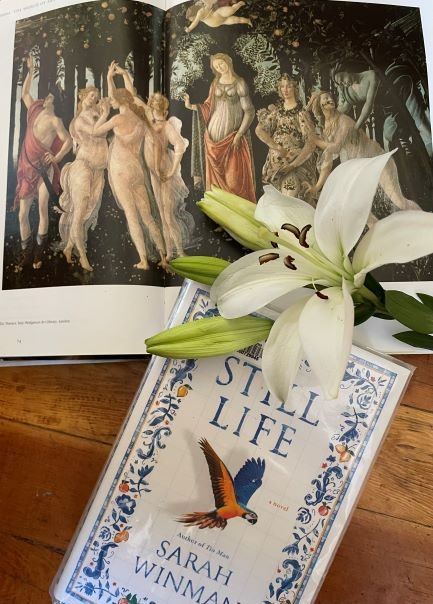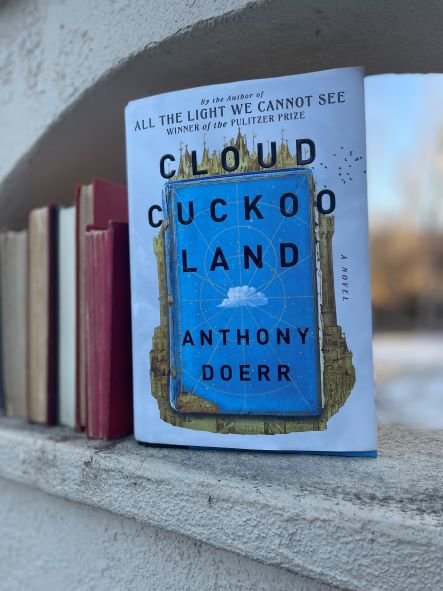Maggie O’Farrell has done it again. She has rendered up a heroine of flesh and blood, whim and heartache, from the annals of European history. O’Farrell’s The Marriage Portrait (2022) fictionalizes the brief life of Lucrezia de’ Medici who married the Duke of Ferrara (Modeno, and Reggio as well) at age fifteen. As with O’Farrell’s last novel, Hamnet—also historical fiction—The Marriage Plot introduces readers to a vivacious young woman, bound in and restrained by her time, her class, and what everyone deems her destiny. This is novel rich in storytelling and moving prose. It is a masterpiece; one that transports readers to the regal rooms of sixteenth-century Florence and Ferrara.
A few of my favorite reads…
CONTEMPORARY & CANONICAL ǁ NEW & OLD.
Fiction ※ Poetry ※ Nonfiction ※ Drama
Hi.
Welcome to LitReaderNotes, a book review blog. Find book suggestions, search for insights on a specific book, join a community of readers.




















